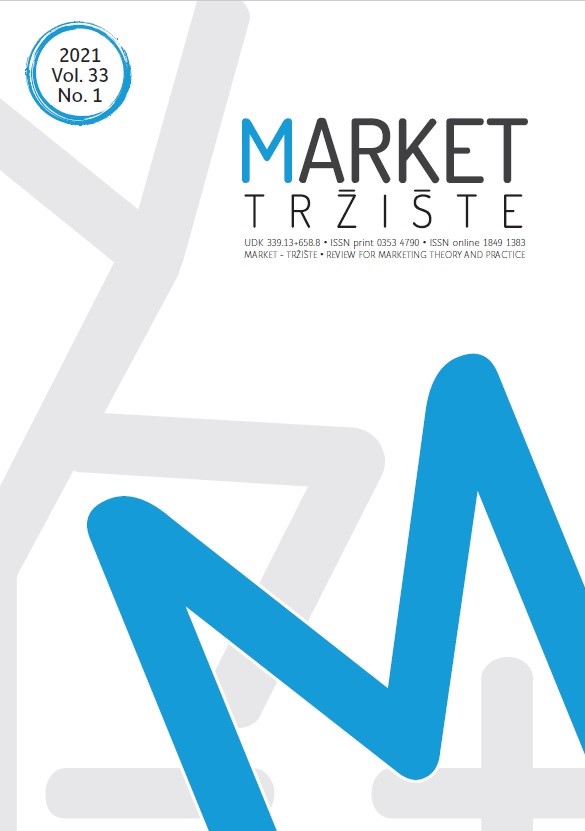Tourist Satisfaction as a Driver of Destination Marketing Improvements: The Case of the Opatija Riviera
Tourist Satisfaction as a Driver of Destination Marketing Improvements: The Case of the Opatija Riviera
Author(s): Lorena Bašan, Jelena Kapeš, Ana KamenečkiSubject(s): Marketing / Advertising, Tourism
Published by: CROMAR (Hrvatska zajednica udruga za marketing) i Ekonomski fakultet Zagreb
Keywords: tourist destination attributes; tourist satisfaction; Opatija Riviera;
Summary/Abstract: Purpose – This paper aims to identify critical destination attributes and examine their contribution to the overall satisfaction in relation to different age groups. Design/Methodology/Approach – The research was conducted on the Opatija Riviera in Croatia using the survey method. Importance-performance analysis was used to identify priority attributes within the context of destination choice, and the results were compared with the quality provided from the destination management perspective. Pearson’s correlation coefficient was calculated within three age groups to determine the statistical relationship between perceived quality of destination attributes and overall satisfaction with the destination. Findings and implications – The results show negative and significant differences between the importance and the perceived quality of all destination attributes. The largest gap refers to the traffic and facilities in the destination, which represent its main weaknesses and the highest priority. Concerning the relationships between the attributes’ perceived quality and overall satisfaction with the destination, the highest correlation is found with regard to destination management attributes within all analyzed age groups. Differences relating to other attributes are evident among age groups. Furthermore, the analysis did not reveal significant differences between the perceived and the provided quality of destination attributes. Limitations – The research has certain limitations. The first of them is related to the case-based character of this particular study. Thus, the specific findings cannot be generalized to the context of other destinations. In addition, there are drawbacks relating to the sample and the applied importance-performance analysis (IPA). The demographic structure of the respondents is uneven, since most respondents are female and younger in age, with only 9.5% of them aged from 55 to 74. That IPA has critics among researchers is well known. In explaining implications for destination managers based on results from the implemented IPA, the results should be used as drivers for choosing tourist destinations, but not necessarily for creating a tourist experience. Originality – This research study contributes to the scientific literature by providing evidence on the contribution of destination attributes to the overall destination satisfaction and differences attributable to the age of tourists. This approach could greatly help destination managers to develop suitable marketing strategies for target market segments.
Journal: MARKET/TRŽIŠTE
- Issue Year: 33/2021
- Issue No: 1
- Page Range: 93-112
- Page Count: 20
- Language: English

